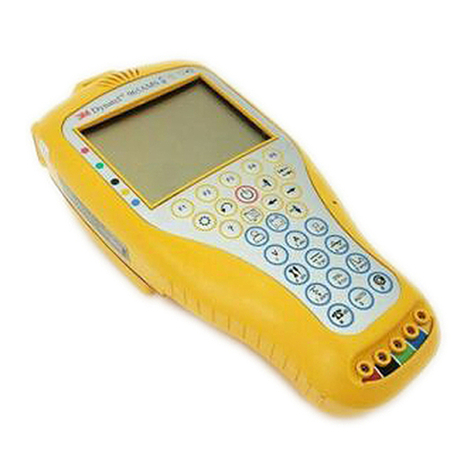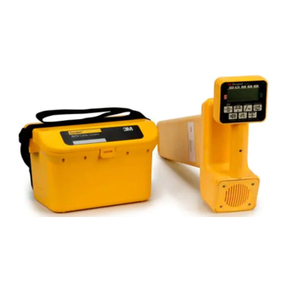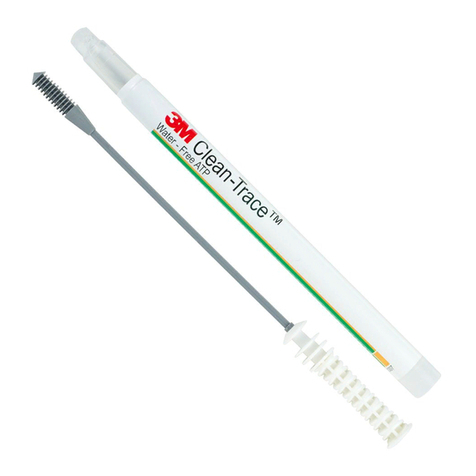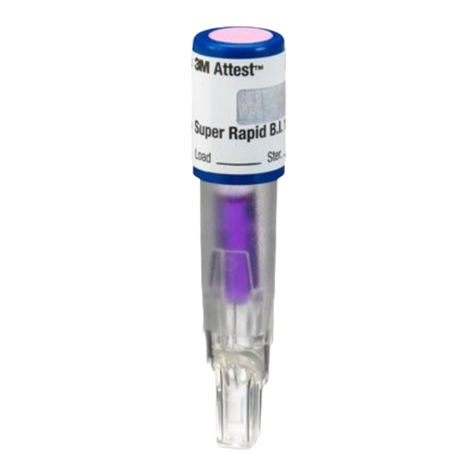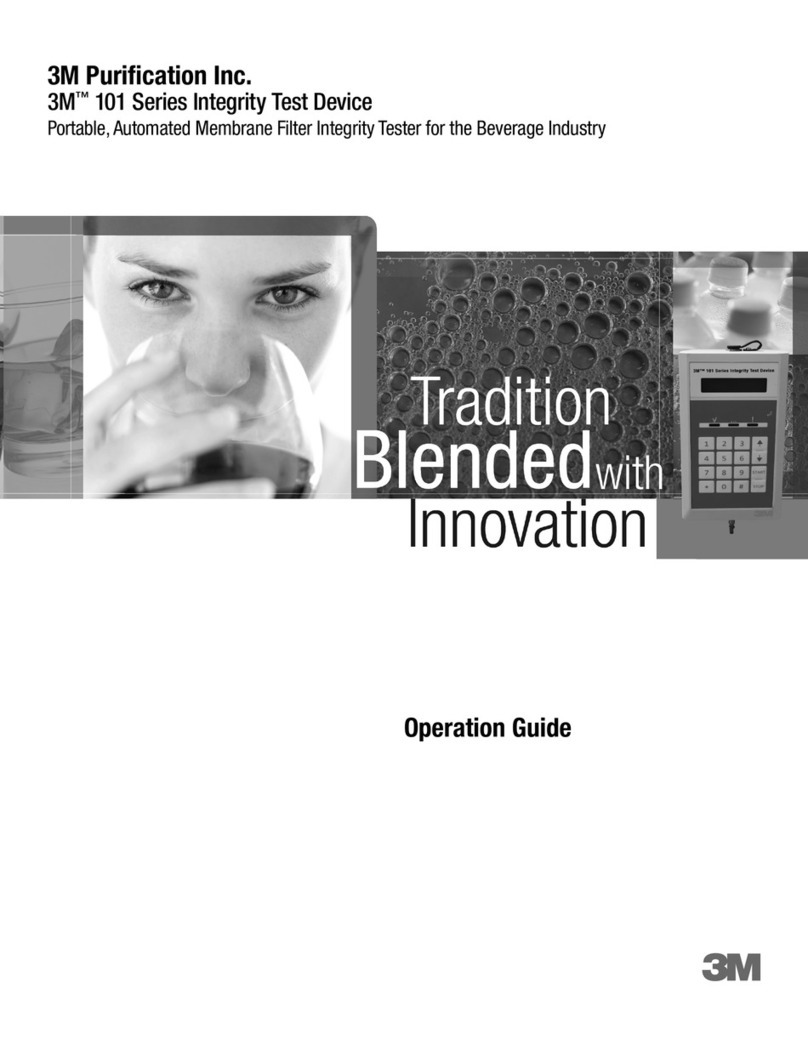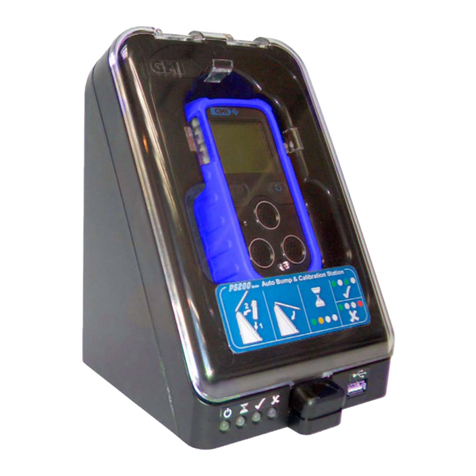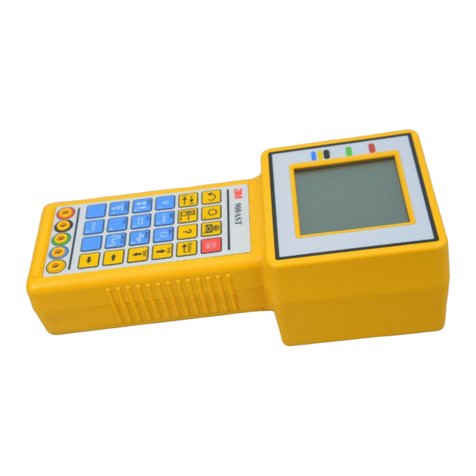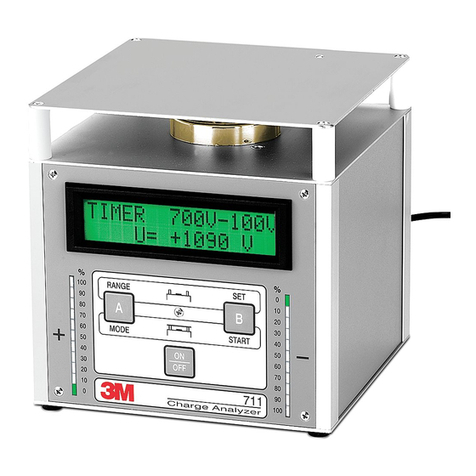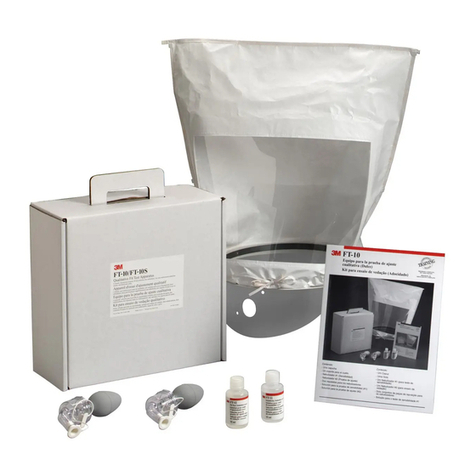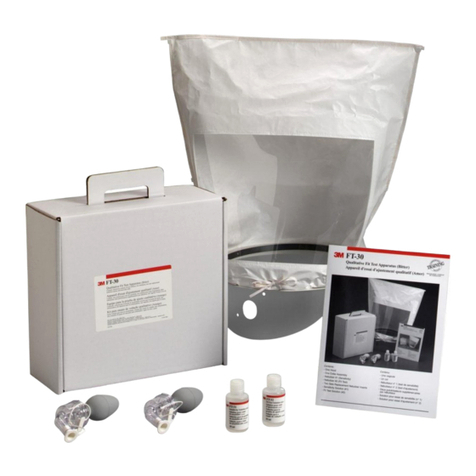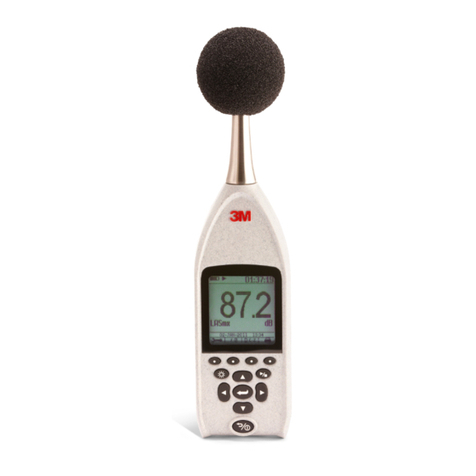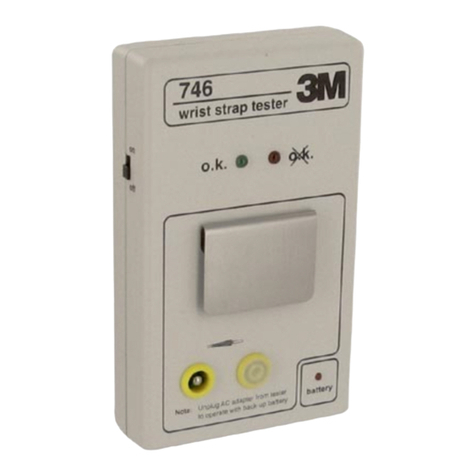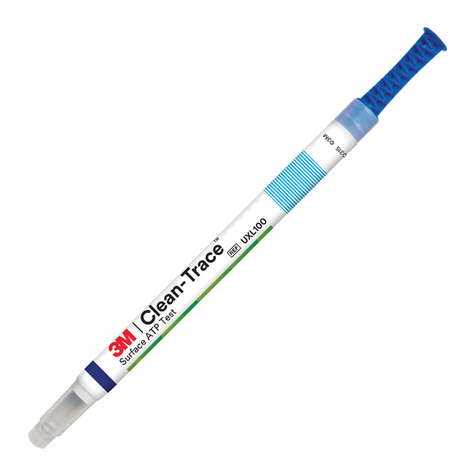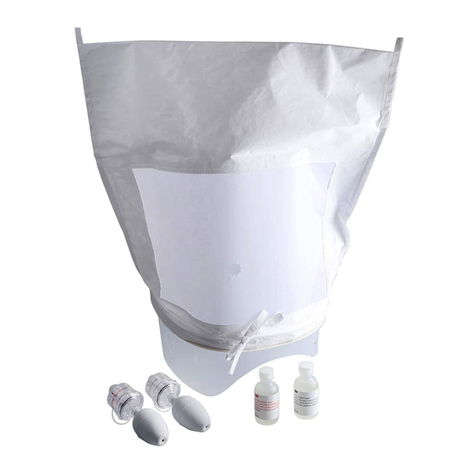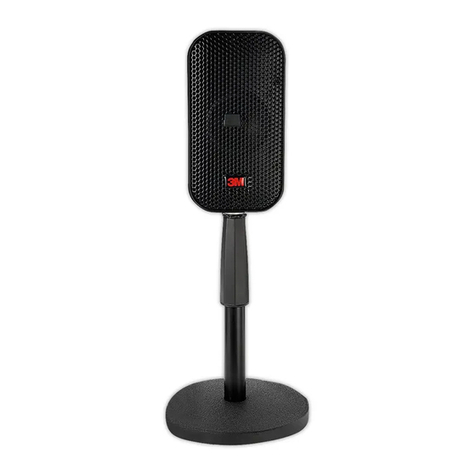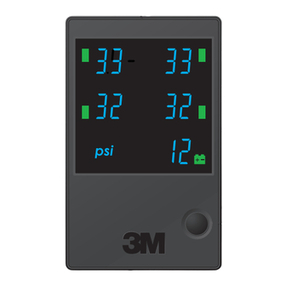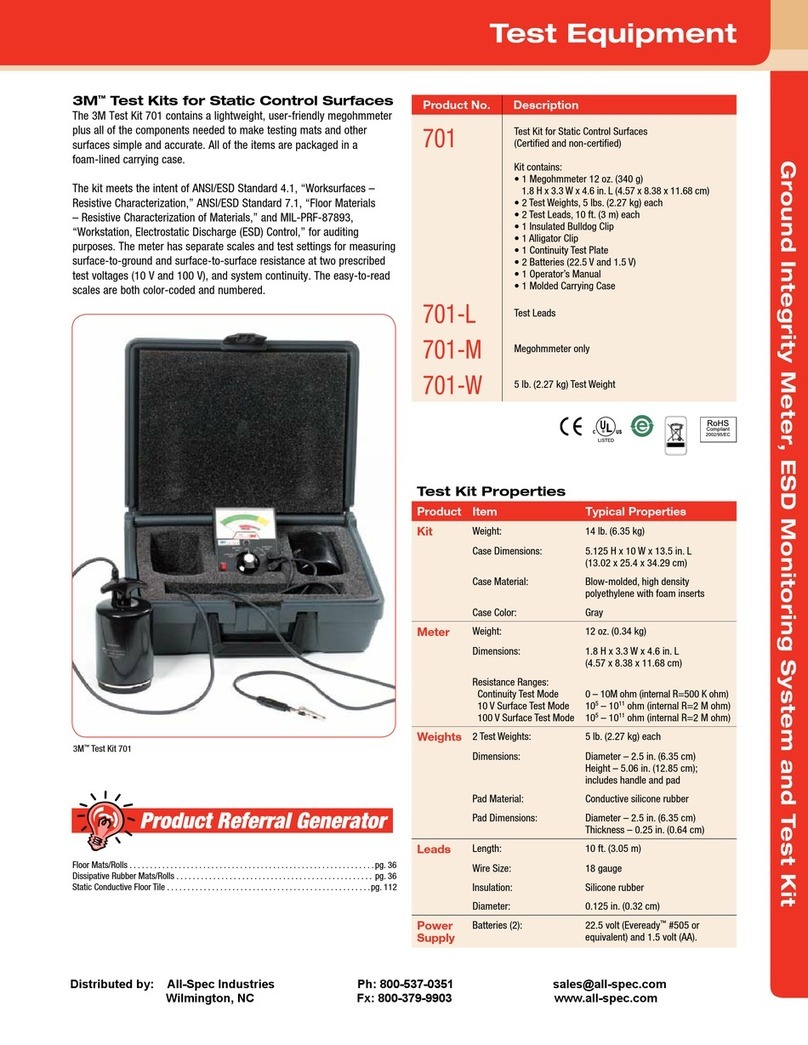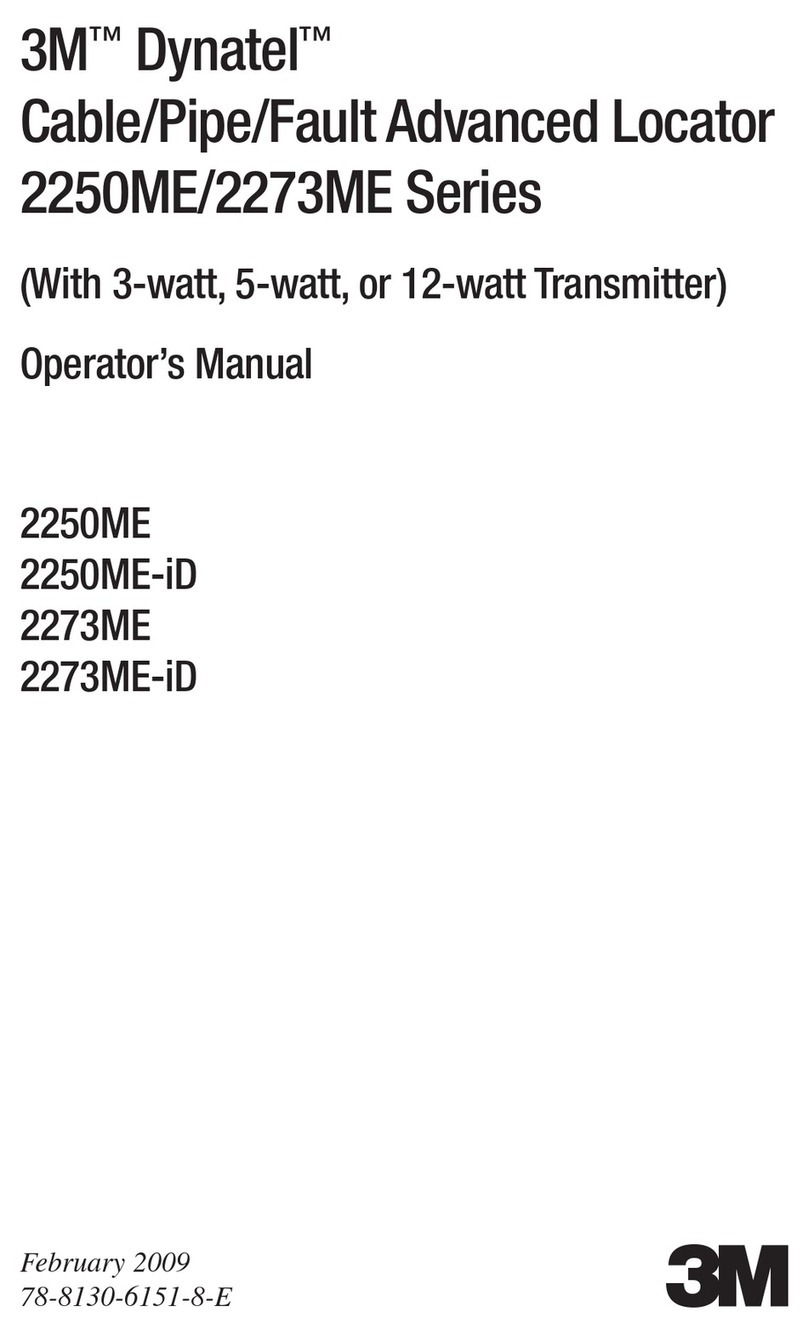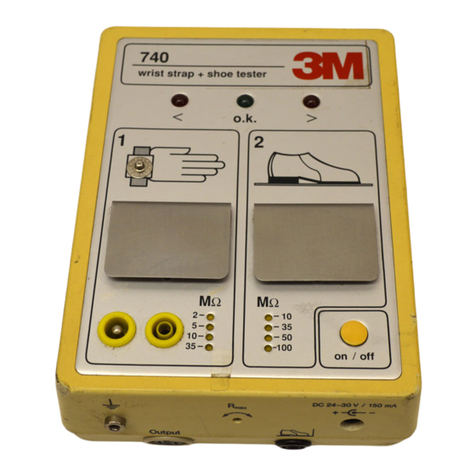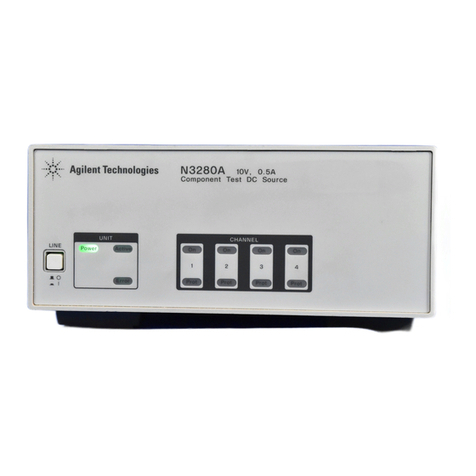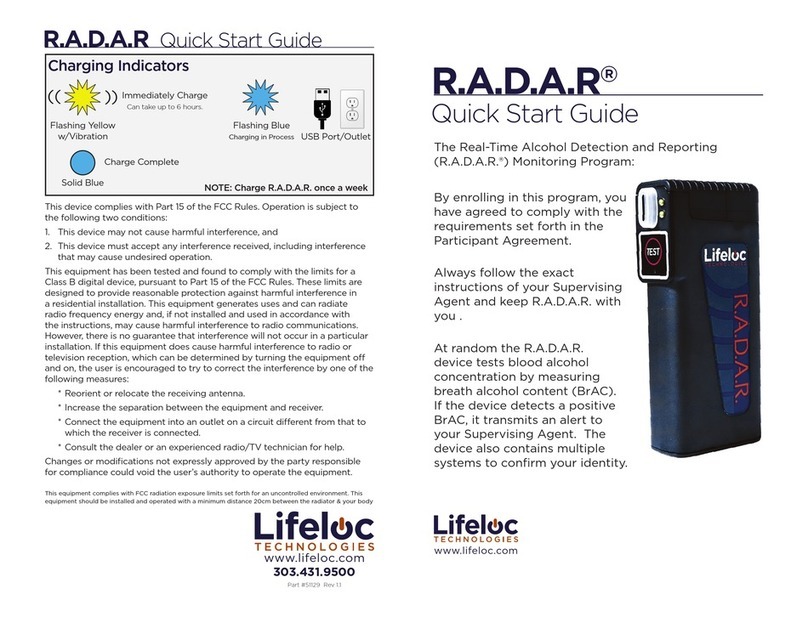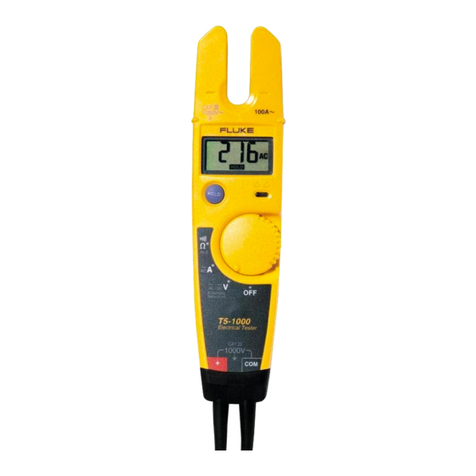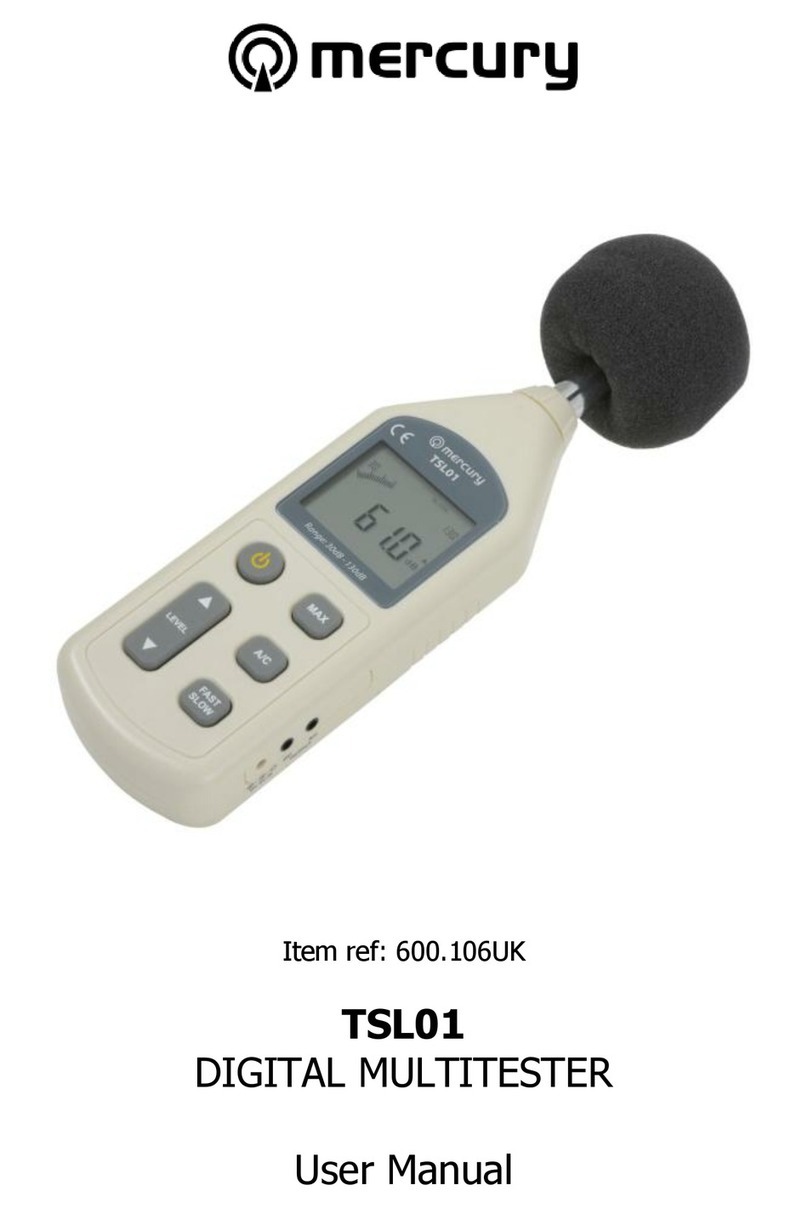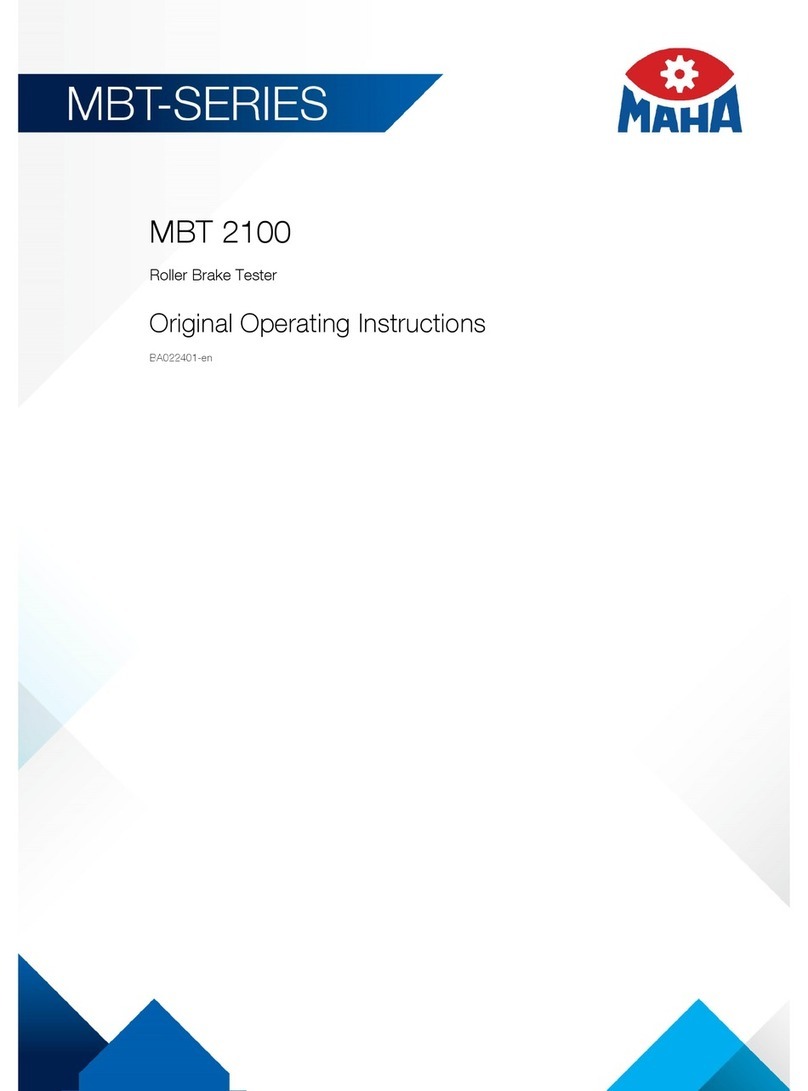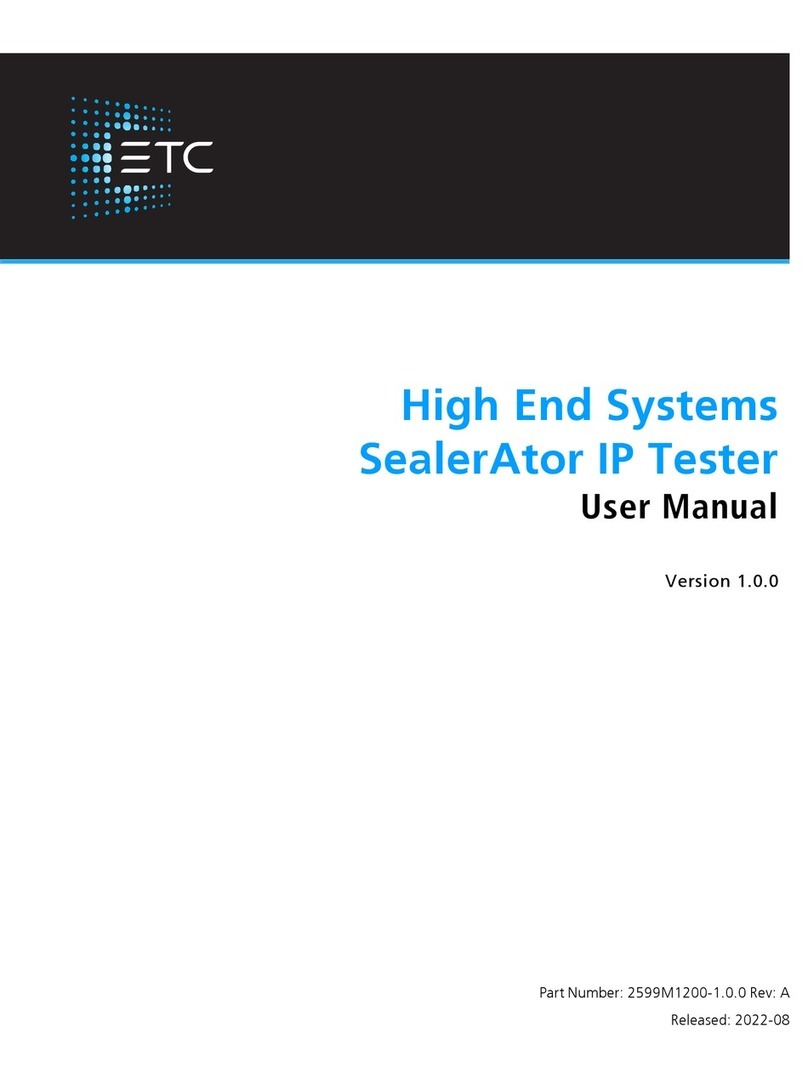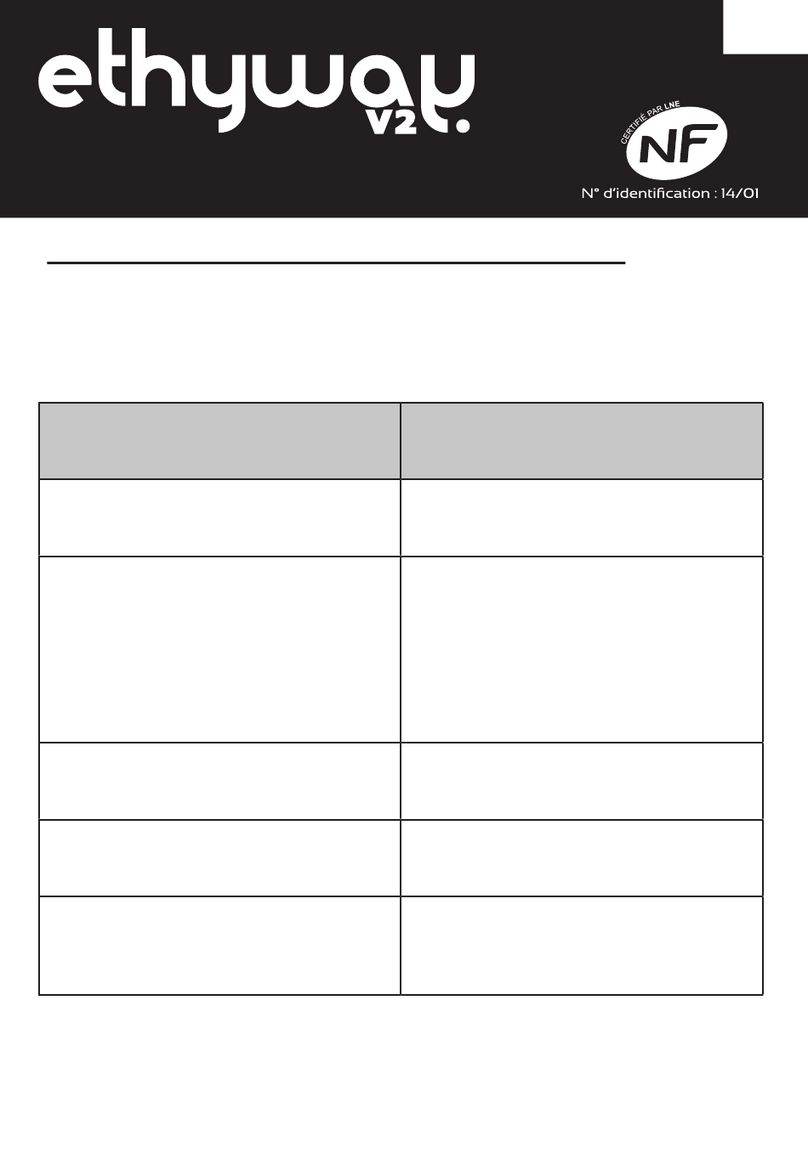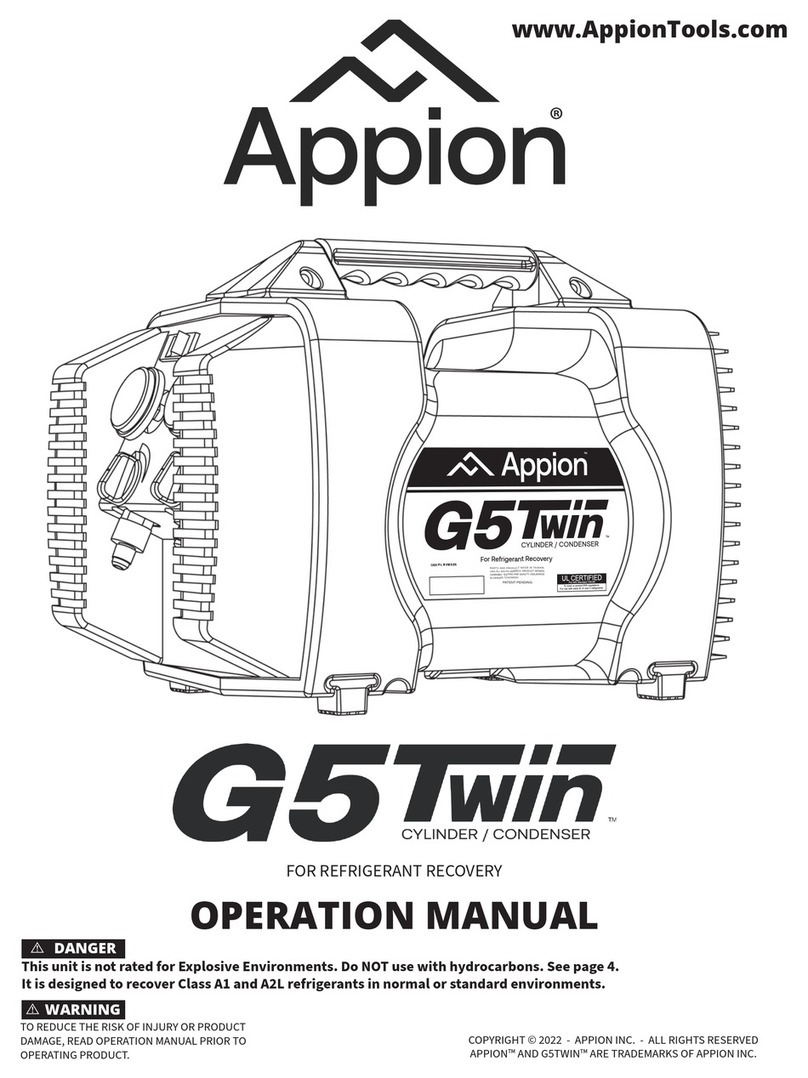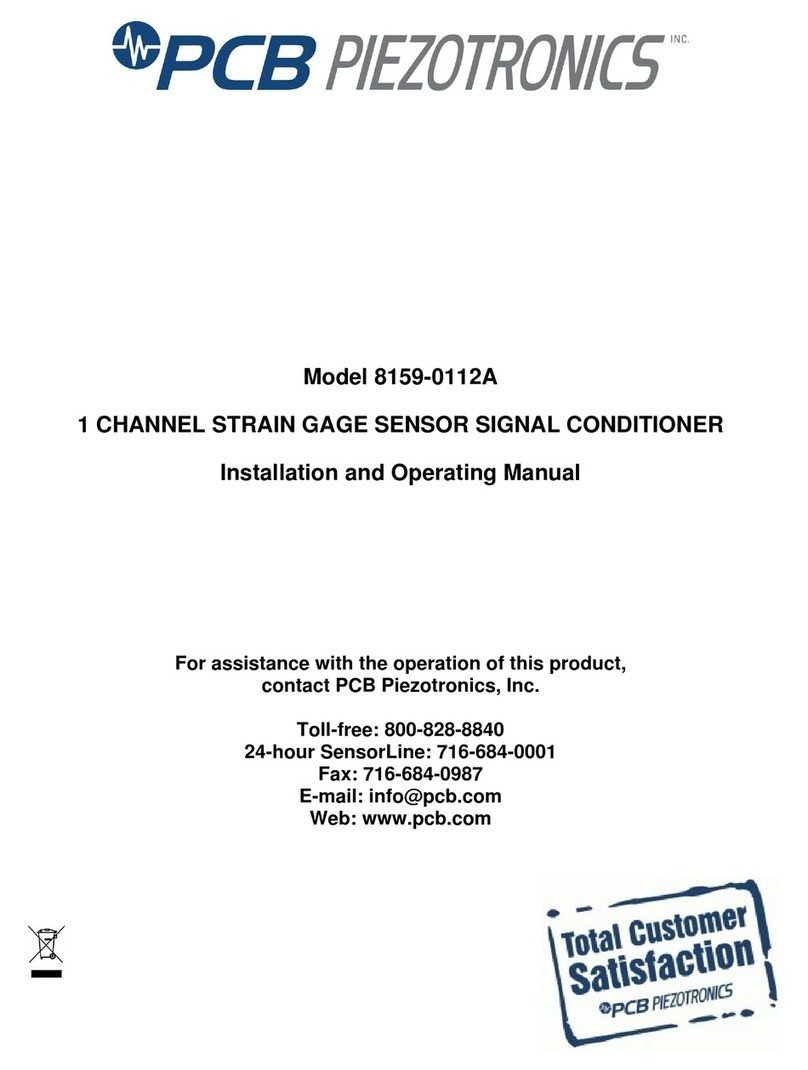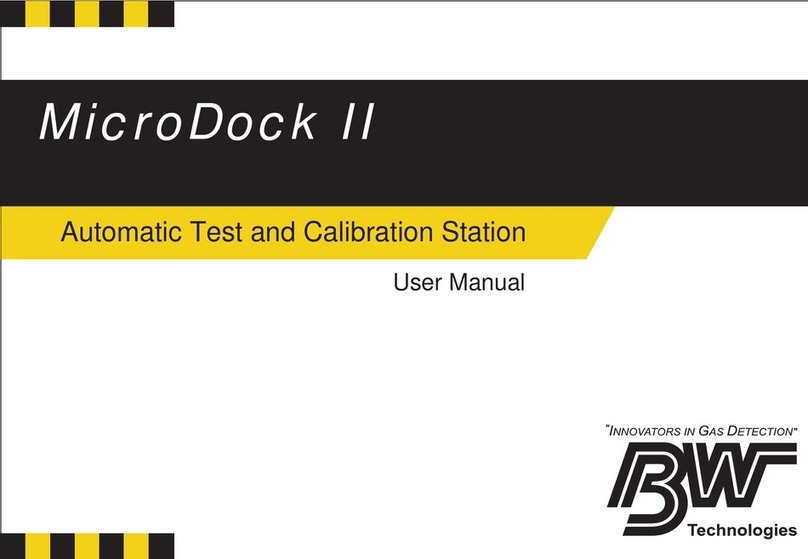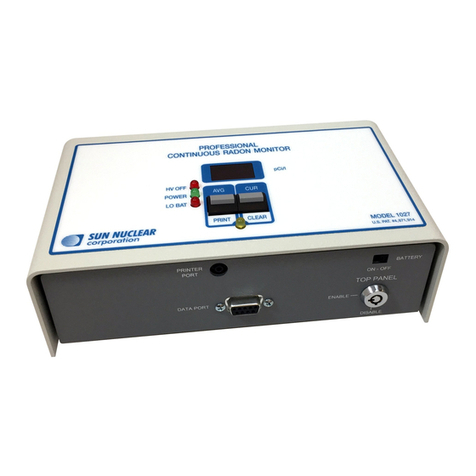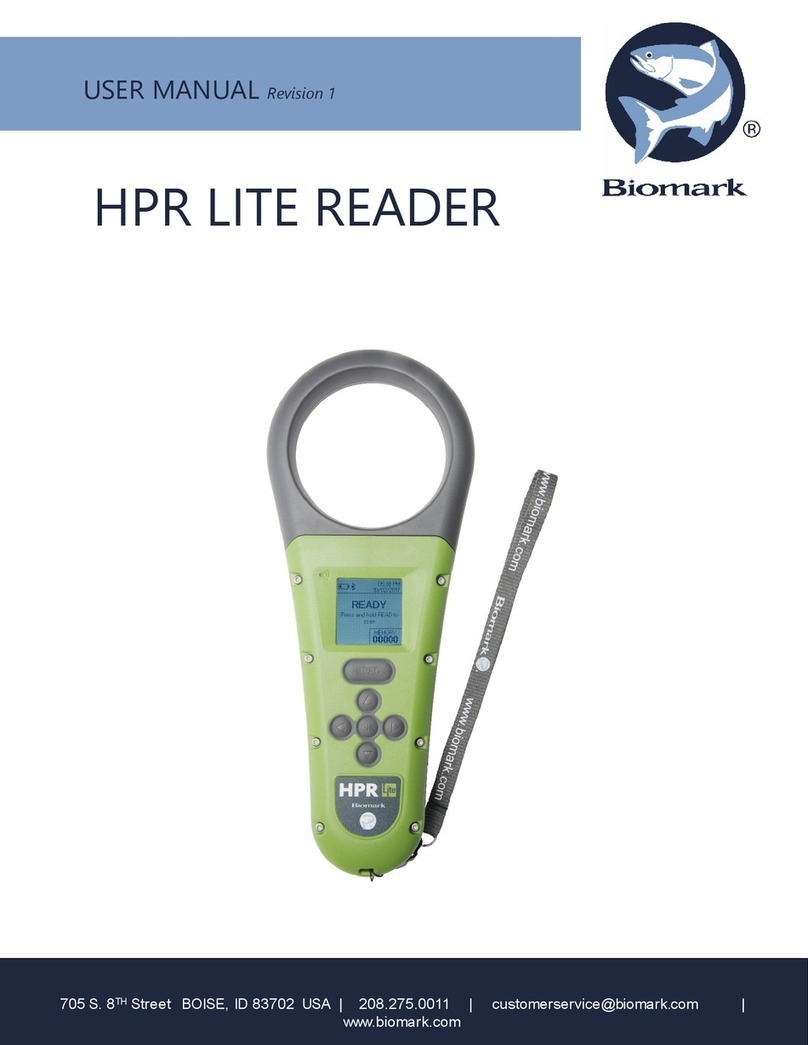
_____________________________________________________________________________________________
3M B&CS Laboratory Europe Page 2 / 2
3M France Customer Application Center
Avenue Boulé PO box 28
F-95250 Beauchamp (France)
Low Range Shortening Monitor
LRSM
Technical Data TD 250
Date : Nov 2005
Supersedes : April 2004
Author : EK/CB
•Objective : results are inde-
pendent from people who
are doing the test.
•Hygienic : the test strip will
not contaminate the shorten-
ing.
•Accurate : the test provides
a specific discard point and
will minimize shortening
underuse and optimize fried
food quality (no overuse of
shortening).
•Safe : once the discard point
is set, the test will help the
user make sure that local
regulation is not infringed
Instructions for use :
1. Open the bottle and remove
one test strip.
2. Tightly close the tube with
unused strips.
3. Hold test strip by longest
white end (top, with red
line)
4. Dip the test strip into the
shortening so that all blue
bands are submerged during
1-2 seconds.
5. Remove and allow excess
shortening to drain back into
the vat (5 seconds)
6. After 30 seconds, read the
test strip by counting the
number of bands that have
completely or mostly
changed from blue to yel-
low. The reading is even
easier if the test strip is
looked at when facing a
light source.
7. Based on this count, con-
tinue to use or discard short-
ening according to prede-
termined discard point.
8. Discard used test strip after
reading.
9. Use a new strip for each vat.
Storage conditions :
IMPORTANT : store the test
strips in their closed tube at 4°
C or cooler. Cold storage can
result in a light discoloration of
the low side reactive bands
(may turn to light blue color
with light green shading). This
discoloration is not detrimental
to the product quality and the
bands will turn back to the ini-
tial blue color after some time
at room temperature.
Setting discard point :
Each customer should deter-
mine their own discard point
depending on type of shorten-
ing, type of food, local regula-
tions, habits…
Testing frequency :
Each vat should be tested daily.
The rate of which F.F.A is pro-
duced will depend on many
factors, including type and
quantity of food fried, type of
shortening used, frying tem-
perature, seasonal weather
change and amount of moisture
of food. The rate will not be
constant from day to day if any
of these factors change.
Shelf life :
Low range Shortening Monitor
strips should be used by expira-
tion date (printed on bottles,
cartons and case).
Caution :
Test strip will only measure
F.F.A concentration. 3M B&CS
Laboratory located in
Beauchamp (France) should be
consulted for the measurement
of other products resulting from
shortening breakdown (esp.
Polar Compounds).
